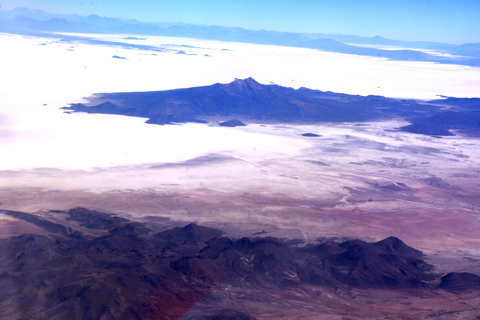
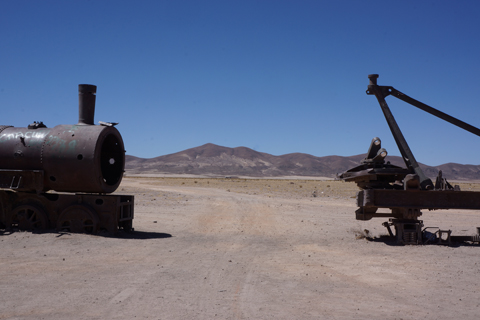
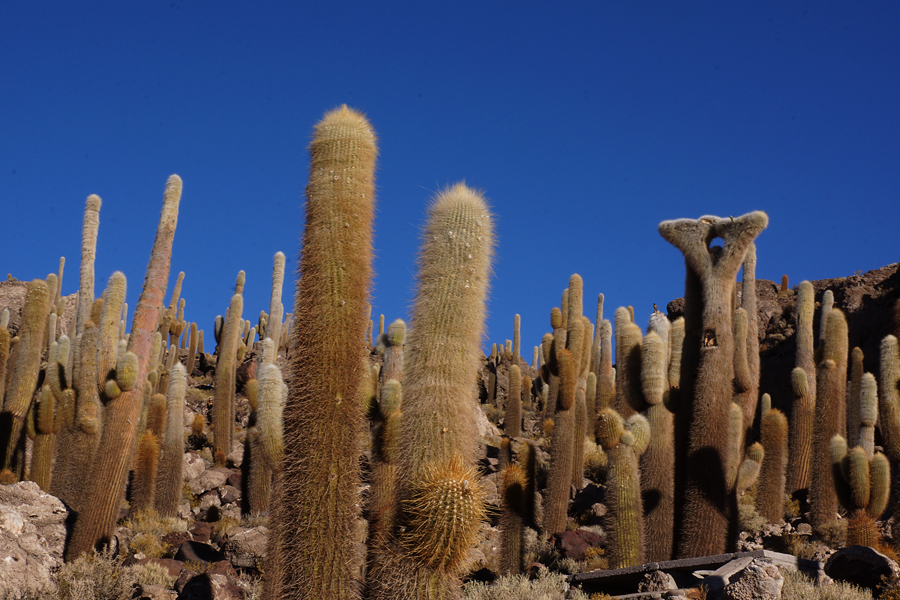
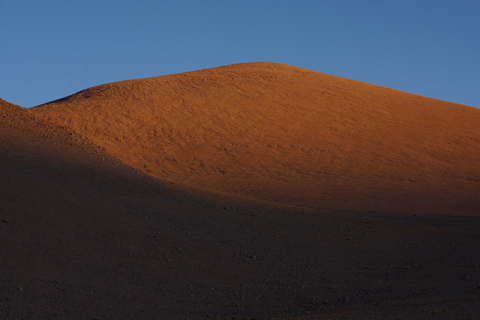
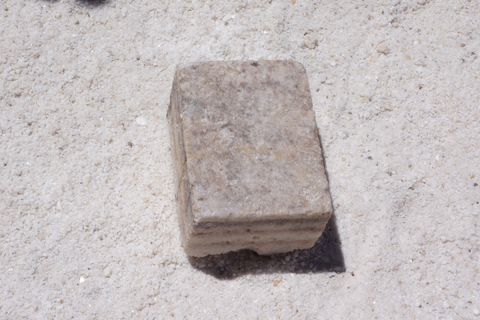
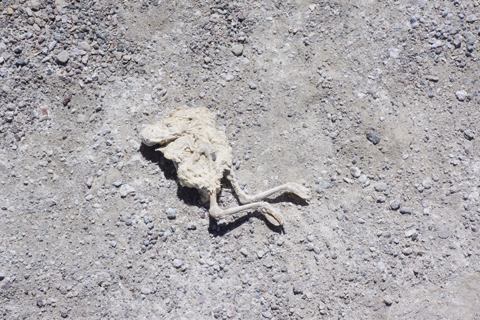
 |
There is an airplane from Cuzco, Peru to La Paz, Bolivia. There are also buses and trains and a ferry across Lake Titicaca. When US citizens enter Bolivia they must pay $ 170 for a visa to enter the country. There is a line at the airport to pay for the visa before going through customs. It is also necessary to pay for the visa with currency, so for Americans this will probably include twenty dollar bills. In this case eight twenty dollar bills. Handing the official eight twenties, he proceeds to pick up each one separately and searches the four edges for tears, wrinkles, bends. The same procedure for the four corners. So the eight twenties are now reduced to 3 twenties because 5 are deemed faulty. Five more twenties must appear to see if they can pass the test. The border officials are very thorough at this job. This is not just a government idiosyncracy. It occurs in banks, casa de cambios and any other commercial situation which involves using US currency to pay for something. |  |
 |
At the La Paz airport one can transfer to a plane to Uyuni where the tour which crosses Salar de Uyuni begins. The plane from La Paz to Uyuni takes about 45 minutes. The plane flies over La Paz, farmlands surrounding the city, small towns and finally over parts of the altiplano before landing at Uyuni. Salar de Uyuni is the world's largest salt flat, located on the Bolivian altiplano at around 12,000 feet above sea level. |  |
 |
Salar de Uyuni can be reached through tours from the old mining town of Uyuni, Bolivia or San Pedro de Atacama, Chile. These tours load visitors into SUV's for single and multi-day trips to different locations in this region of southern Bolivia including Salar de Uyuni. Rising above the salted plain are knobby hills covered with cactus. These are called "islas" or islands. These islands are home to birds and small mammals. The salt flats give way to a martian landscape of reddish mountains. A salvador dali landscape in which pink flamingoes wade through burnt sienna lakes before tourquoise ponds lead to the Chilean border. |  |
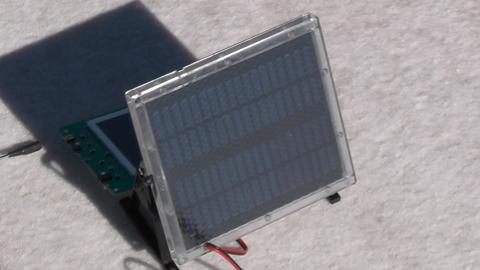
A 7" naxa noodle which has been taken out of it's factory case lays underneath a mini modular solar panel. The solar panel recharges the noodles's battery.
The e-Reader has a built in memory and can play videos. The digital video looping on the media player is of a young woman wearing a wet suit rolling in the waves at Coney Island.